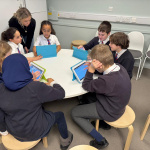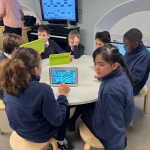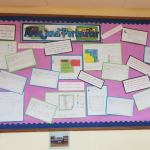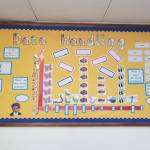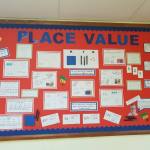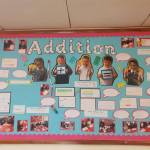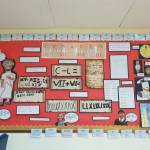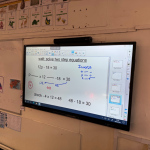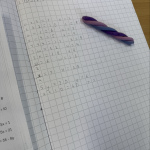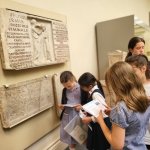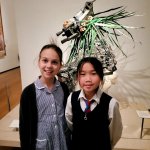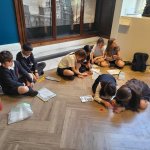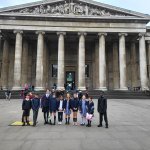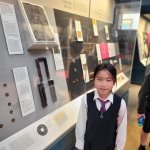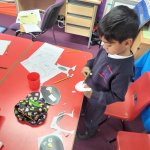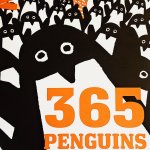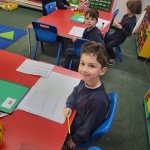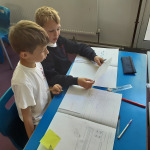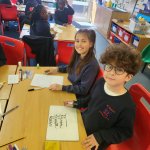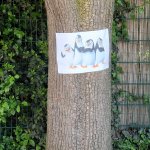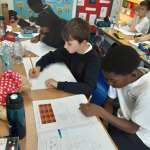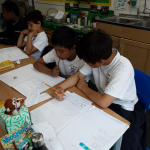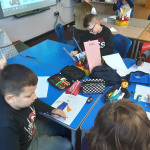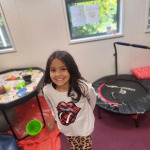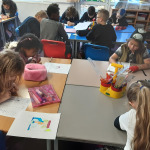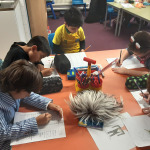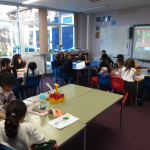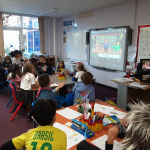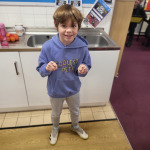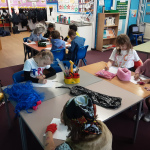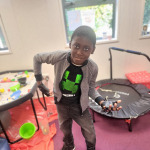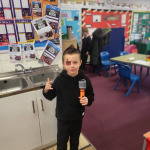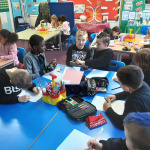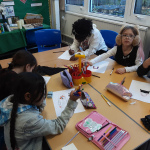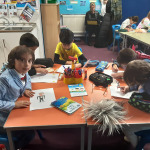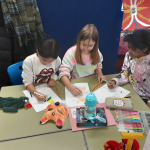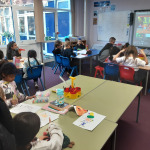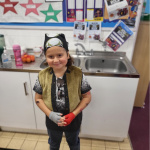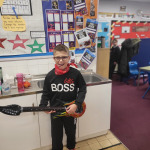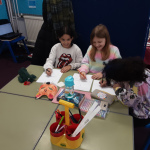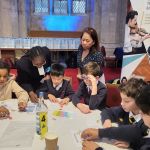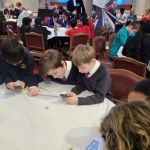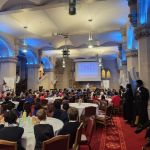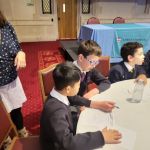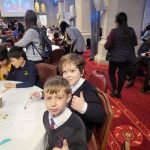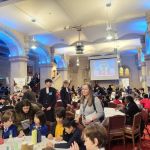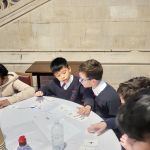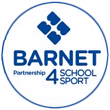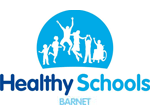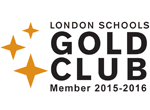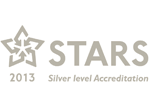Maths
Maths Curriculum Statement
Intent
The 2014 National Curriculum for Maths aims to ensure that all children:
- Become fluent in the fundamentals of Mathematics
- Are able to reason mathematically
- Can solve problems by applying their Mathematics
At St Theresa’s Catholic Primary School, these skills are embedded within Maths lessons and developed consistently over time. We are committed to ensuring that children are able to recognise the importance of Maths in the wider world and that they are also able to use their mathematical skills and knowledge confidently in their lives in a range of different contexts.
We want all children to enjoy Mathematics and to experience success in the subject, with the ability to reason mathematically. We are committed to developing children’s curiosity about the subject, as well as an appreciation of the beauty and power of Mathematics.
Implementation
The content and principles underpinning the 2014 Mathematics curriculum and the Maths curriculum at St Theresa’s reflect those found in high-performing education systems internationally. These principles and features characterise this approach and convey how our curriculum is implemented:
- Teachers reinforce an expectation that all children are capable of achieving high standards in Mathematics.
- The large majority of children progress through the curriculum content at the same pace; Significant time is spent developing deep knowledge of the key ideas that are needed to underpin future learning. This ensures that all can master concepts before moving to the next part of the curriculum sequence, allowing no pupil to be left behind.
- If a pupil fails to grasp a concept or procedure, this is identified quickly and early intervention ensures the pupil is ready to move forward with the whole class in the next lesson.
- The structure and connections within the mathematics are emphasised, so that pupils develop deep learning that can be sustained.
- Lesson design identifies the new mathematics that is to be taught, the key points, the difficult points and a carefully sequenced journey through the learning. In a typical lesson pupils sit facing the teacher and the teacher leads back and forth interaction, including questioning, short tasks, explanation, demonstration, and discussion.
- Practice and consolidation play a central role. Carefully designed variation within this builds fluency and understanding of underlying mathematical concepts.
- Teachers use precise questioning in class to test conceptual and procedural knowledge and assess children regularly to identify those requiring intervention, so that all children keep up.
- Children’s explanations and their proficiency in articulating mathematical reasoning, with the precise use of mathematical vocabulary, are supported through the use of stem sentences and generalisations provided by the teacher. These help the children to make connections and expose the structure of the maths.
Stem sentence example:
Greater or Smaller?
- The greater the numerator is in a set of fractions with the same denominator, the _____ the fraction.
- The higher the denominator of a unit fraction, the ______ the fraction.
Generalisation example:
The length of one side of the square can be found by dividing its perimeter by 4.
- Key facts such as multiplication tables and addition facts within 10 are learnt to automaticity to avoid cognitive overload in the working memory and enable pupils to focus on new concepts.
To ensure whole consistency and progression, the school uses the nationally recognised White Rose Maths scheme. The White Rose curriculum is a cumulative curriculum, so that once a topic is covered, it is met many times again in other contexts. For example, place value is revisited in addition and subtraction and multiplication and division. The curriculum recognises the importance of children’s conceptual understanding of number. It is therefore designed to ensure that time is invested in reinforcing this to build competency.
Lessons are planned to provide plenty of opportunities to build reasoning and problem solving elements into the curriculum. When introduced to a new concept, children have the opportunity to use concrete objects and manipulatives to help them understand what they are doing. Alongside this, children are encouraged to use pictorial representations. These representations can then be used to help reason and solve problems. Both concrete and pictorial representations support children’s understanding of abstract methods.
Mathematical topics are taught in blocks, to enable the achievement of ‘mastery’ over time.
These teaching blocks are broken down into smaller steps, to help children understand concepts better. This approach means that children do not cover too many concepts at once which can lead to cognitive overload.
Each lesson phase provides the means for children to achieve greater depth, with children who are quick to grasp new content, being offered rich and sophisticated problems, within the lesson as appropriate.
The school has a supportive ethos and our approaches support the children in developing their collaborative and independent skills, as well as empathy and the need to recognise the achievement of others. Students can underperform in Mathematics because they think they cannot do it or are not naturally good at it. The school’s use of White Rose Maths addresses these preconceptions by ensuring that all children experience challenge and success in Mathematics by developing a growth mind-set, something we pride ourselves on at St Theresa’s
Regular and ongoing assessment informs teaching, as well as intervention, to support and enable the success of each child. These factors ensure that we are able to maintain high standards, with achievement at the end of KS2 well above the national average, as well an increasingly high proportion of children demonstrating greater depth, at the end of each phase.
Impact
By the end of Year 6, transitioning to secondary school, we aspire that a St Theresa’s mathematician will have developed a bank of efficient and accurate skills that can be used to calculate effectively. These will have been underpinned by the C-P-A process so children understand rather than just do, which ultimately will allow children to identify when answers do not make mathematical sense. Children will be able to apply these
calculation skills and understanding of other areas to become confident and resilient problem-solvers with the ability to reason and articulate their ideas mathematically. Due to the embedding of fact sentences, children will have the language to be able to justify, reason and explain their answers.
Year 5 maths Trip to Royal Albert Hall
As part of their learning on Fractions, decimals and percentages Year 5 got the opportunity to take part in a very special maths workshop at the Royal Albert Hall. Linking directly to the Key Stage 2 curriculum, the75-minute workshop allowed students to explore fractions, decimals, percentages, graphs and probability in a unique and fun environment. Our students left having created their own piece of music using maths and even got to hear it played at the Royal Albert Hall.
Maths Displays
Maths Club
We have recently held a maths challenge with local schools looking at developing team work alongside using and applying skills.Our Maths Club have been looking at developing their problem solving skills alongside their understanding of the nth term. We looked at some rather strange patterns made by the EYFS building blocks and tried to predict what the next patterns would be. Once we established they all had a common difference we could use the nth term to calculate the amount of blocks needed for the next pattern and also for the 100th pattern! The children’s enjoyed being able to use the large equipment in their maths learning. We then began trying to make our own nth term puzzles with Lego pieces.
Maths Club Trips
Children from our Year 5 and 6 Maths Club got the opportunity to take part in the British Museum Maths Gallery Challenge. The children worked as a team to solve a series of mathematical problems covering areas such as; money, shape & space and conversions. The children loved the idea of linking different civilisations and galleries with different mathematical challenges.
The hardest challenge by far was the Chinese Tangram puzzle! We all really enjoyed ourselves and learning about how maths has played such a huge part of every civilisation in history!
365 Penguins Day
To help promote and celebrate our love for all things mathematical we spent a whole morning working on maths problems and investigations from the book 365 Penguins. Over the week the children began to become very suspicious as more and more penguins appeared around the school.
On Friday we had a special assembly where we read through the story 365 Penguins and talked about all the maths from the story. We created a huge list of mathematical terms that were mentioned and then each class was given a special maths investigation or activity to take part in. We then shared our learning with the rest of the school at the end of the day.
Emile Cup
A huge congratulations to Year 4 and Jonathan who performed amazingly well during the Emile MTC tournament. The class had the week to accumulate as many points answering times table questions as possible and found themselves getting all the way to the National Finals were they came 11th out of over 10,000 school!
A special mention to Jonathan in the class who in the 3 days of the national finals managed to answer 17003 correct problems, making him 2nd nationally with over 100,000 pupils taking part!
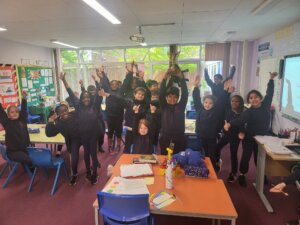
Our Lower Key Stage 2 classes have enjoyed some very memorable TT Rockstar’s days! We have been learning our times tables whilst being true rock stars!
Year 5 Guildhall Challenge Day
Our Year 5 Maths team accepted the invitation from Christ’s Hospital to take part in an exciting mathematics challenge in The Guildhall, City of London.
The head of mathematics hosted the event on behalf of Christ’s Hospital and it was the most prestigious location the children had been to!
The young mathematicians participated in different mathematical tasks gaining points as they went along. Although it was very competitive and difficult, it was also really fun!
Samples of activities can be found in the presentation. At each of the stations the young mathematicians could be solving puzzles using calculators, pentominoes, playing cards, tangrams, dominoes. The final round had all the young mathematicians together where they are tasked with lateral thinking questions.
It was a very special day for all involved!



